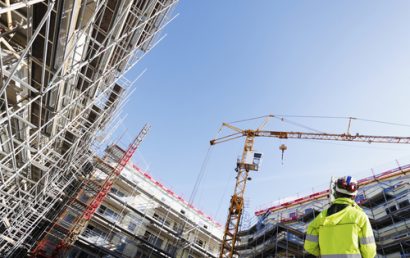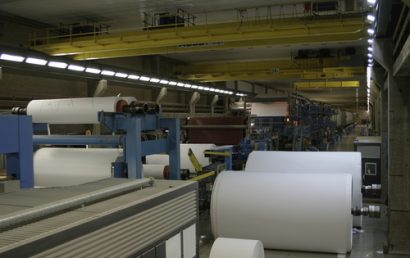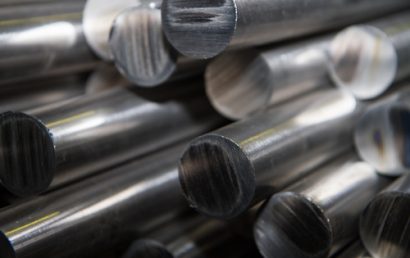Understanding Armatures And The Importance Of Applying Metallized Low Shrink Steel Coating Materials
Metallized low shrink steel is used in coating materials applied to armatures (shafts). If a coating needs to be finished by machining or grinding, low shrink steel coatings are ideal. These coatings are also perfect for mismatched parts repair and journal surfaces.
A Closer Look at Armatures
Four main components make up an armature. They are as follows:
Shaft – Mounted between two bearings, a concentrically machined steel rod is mounted – this is the shaft. For the components mounted onto it, it defines the axis. It must be stiff and thick to deal with balance forces and transmit torque. To minimize harmonic distortion, its speed, bearing points, and length are chosen accordingly.
Winding – The laminated core and the copper wire being wound cannot come into contact with each other. To prevent this, the slots are insulated. Depending on the design of the armature, coils are inserted into the slots of the armature and, in turn, connected to the commutator. There is wave winding and lap winding, which have everything to do with where the coils are connected.
Commutator – Much as with the core (see below) a course knurl is used to secure the shaft and the commutator together. An insulating material separates copper bars from each other for the construction of the commutator. When pressed onto the shaft, the slots of the core must perfectly align with the commutator. From the slots of each of the coils, wires come out and connect with the commutator bars.
Core – Numerous laminations and metal plates go into the makeup of the core of an armature. The frequency that an armature is manufactured to work at will determine the thickness of the laminations within. Onto the shaft, the core is pressed and secured by the shaft’s course knurl. These were secured together by bolts and threads in older armatures.
Armatures and Coatings
For the impregnation of motor armature windings, dry powder materials are used to create coating systems. These coatings are electrostatic. Other methods are heatless cure, vacuum pressure impregnation, heat cure, and dip and bake.
Prior to winding, motor armatures are coated with electrical insulation. For the electrical insulative resins to properly bond, the surface of the armature must be thoroughly cleaned before application. Through this process, extraordinary edge coverage is provided. What this means, in the long run, is fewer armature scratches when the insulated wire is wound in.
Metallized coatings, or metallizing, describes metal coating applications through a thermal spray process. On steel structures, these coatings help control corrosion. Directly onto a steel surface, a coating of aluminum alloys or zinc is thermal sprayed in the metallizing process.
“Low shrink” coatings are exactly what they imply. The chance of shrinkage is minimized as much as possible to avoid the chance of unnecessary complications (i.e., cracking). Additionally, these coatings outperform carbon steels due not only to low shrinkage but to excellent wear resistance as well.
A&A Coatings offers thermal spray coatings of varying types. You would be hard-pressed to find an industry in which thermal spray coatings aren’t currently being used. If you would like to find out more about low shrink steel coatings, or a different kind of thermal spray coating, contact us today. One of our experienced, knowledgeable experts can assist you in determining how you and your industry would best be served by A&A Coatings and all we have to offer.



